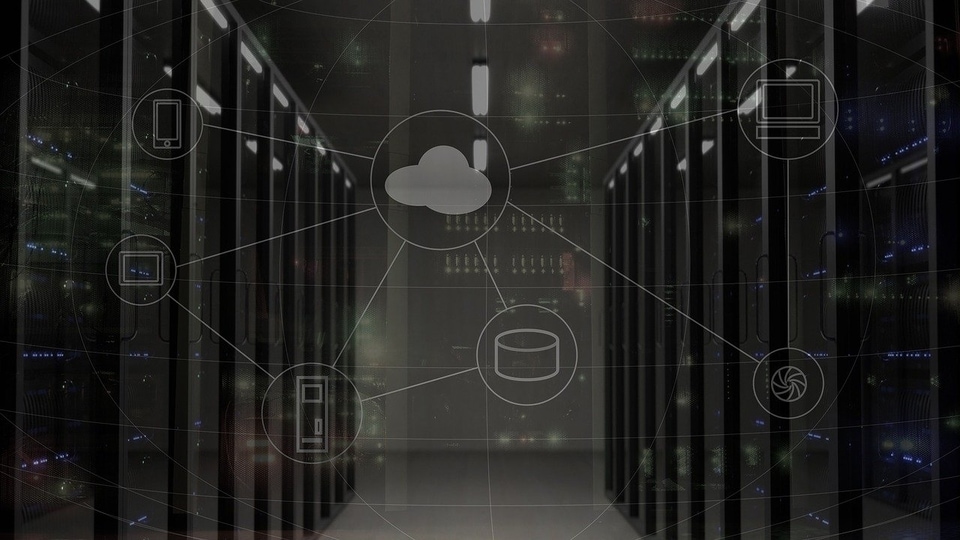Cloud digital strategies: Challenges, solutions, and the future of serverless computing
To secure a win in the post-pandemic world, it is vital companies rethink their IT strategy – it starts with process redesigning, embedding new approaches, improving security, attracting new talent and adapting to future technologies.


Getting the most of a serverless architecture begins with creating a flexible and scalable digital technology platform in which business applications can be monitored and controlled from one source. The pandemic has given rise to the next wave of Cloud adoption - where more companies have embarked on the journey of using both public and private cloud platforms for better-integrated experience and deliver service offerings to end-users.
Today's challenges in serverless architecture
Yes, moving to cloud has its benefits. However, to fully explore its potential, some of the challenges need to be well-evaluated in advance, and strategies should be framed to mitigate the risks.
Generally, when integrating and testing a wide range of function calls, complexity in the architecture design arises, where unprepared infrastructure faces a lack of control issues. And, monitoring, identifying & debugging the root cause of failures becomes more challenging – contributing to a higher level of uncertainty on costs.
Running on cloud, measuring the performance of serverless platforms can be difficult. Transferring the control to service provider makes it challenging to ensure performance, control cost and vulnerability to downtime. Companies need to vigilantly mitigate these risks to manage their serverless architecture. Multiple event sources must be evaluated for possible dangerous inputs, have the strict privilege and permission access only to perform intended tasks, have descriptive logging and monitoring mechanisms, and more.
Automation and integration at core
As organisations embark upon their Digital Transformation initiatives, one key strategy they look to execute is to reduce the number of manual processes that exist within the organisation. This type of strategy is nothing new, as companies have tried to automate business transactions for decades. As a result, we have had integration suites from many vendors emerge and evolve themselves.
These vendors generally started building tools using EAI, ESB, SOA and ETL methods to accomplish integration challenges. More recently, we have seen API-led integration approaches emerge which has democratized the skill required to build integration solutions. Using an API-led approach has also introduced new paradigms.
The serverless solution
What businesses need is a single platform engineered to monitor the vast number of applications that were built on a serverless stack. This is essential for business activity monitoring, performing end-to-end tracking of the process flow, and hybrid integrations.
For example, when a bank uses several open APIs to incorporate FaaS (Function-as-a-Service) with other applications to provide a better-integrated experience, there is a fundamental change in how the services are delivered to its customers. In this case, instead of from the Bank's applications, services are directed through a third party such as Google Pay, etc. The seamless communication between both parties happens through workflow integration. Having a platform that provides a unified view of these business transactions helps to resolve issues faster.
Future: The winning combination
To secure a win in the post-pandemic world, it is vital companies rethink their IT strategy – it starts with process redesigning, embedding new approaches, improving security, attracting new talent and adapting to future technologies. According to recent McKinsey research 75% of the $1 trillion cloud market will come from business innovation in analytics, IoT, and automation than managing IT infrastructure and costs.
One such idea is to combine Serverless architecture and open-source code with SaaS (Software-as-a-Service). Through this, companies will have the flexibility to merge the services from multiple software vendors in a fully serverless architecture. Such integration will help to simplify complex processes and garner new opportunities for all the parties involved.
Thus, businesses need to embrace the cloud technology along with the early adoption of future-ready technologies and fusion them to unlock a substantial value across domains from retail, healthcare systems to banking.
This article has been written by Arunkumar Kumaresan, Product Owner, Serverless360 & Director, Kovai.co
Catch all the Latest Tech News, Mobile News, Laptop News, Gaming news, Wearables News , How To News, also keep up with us on Whatsapp channel,Twitter, Facebook, Google News, and Instagram. For our latest videos, subscribe to our YouTube channel.




















